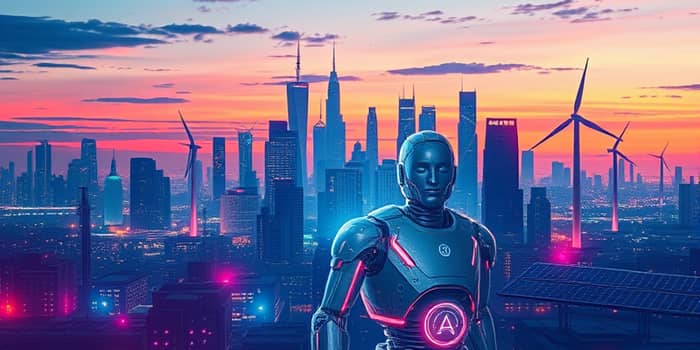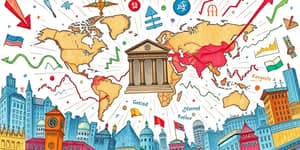
As global economies pivot ever more sharply toward digital transformation, the technology sector emerges as the unrivaled leader, fueling breakthroughs that redefine industries and daily life.
Record-breaking investments are underpinning this wave of progress. According to Gartner, projected to reach $5.75 trillion in worldwide IT spending by 2025, organizations are doubling down on transformative solutions.
Key areas of growth include:
North America and Europe lead the way, with 64% of enterprises planning budget increases for next year, cementing technology as a strategic priority.
Generative AI is more than a buzzword—it is a fundamental shift in how businesses operate. From content creation to decision-making, AI systems are driving efficiency and creativity.
Enterprises are embracing autonomous agents that operate CRMs and ERPs, moving from reactive workflows to proactive operations that anticipate customer needs.
Multimodal AI is breaking boundaries, merging text, audio, and video to serve industries such as healthcare, entertainment, and retail with unprecedented precision.
With increased reliance on digital systems comes rising cyber risk. AI-powered attacks are becoming more sophisticated, challenging traditional defenses.
Innovators are countering this threat with advanced solutions:
Such breakthroughs ensure that rapid digital growth does not come at the expense of trust and security.
Tech’s expansion brings environmental concerns, notably soaring energy demands in data centers. In regions like Ireland and Virginia, facilities consume over one-fifth of all electricity, sparking debate over nuclear and renewable solutions.
Meanwhile, sustainable tech startups tackling emissions are proving that environmental responsibility and profitability can coexist.
China’s rapid ascent highlights shifting innovation dynamics. With massive state support, it competes fiercely in electronics, supercomputing, and mobile ecosystems, echoing past trajectories of Japan and South Korea.
At the same time, a handful of tech giants control critical digital infrastructure, from cloud platforms to social networks, influencing both B2B and B2C landscapes.
Furthermore, the rise of shadow IT—a phenomenon where departments implement tech outside central governance—is shadow IT complicating technology budgets and demanding new cross-functional coordination approaches.
As the sector scales new heights, several critical issues demand attention to sustain momentum.
With record spending driving breakthroughs across AI, cybersecurity, and sustainability, the technology sector stands at the epicenter of global innovation. Companies and governments alike must align strategies to harness these tools responsibly and equitably.
The next decade will likely see even deeper integration of intelligent systems into every facet of life, demanding vigilant governance, creative thinking, and a shared commitment to progress. By embracing cutting-edge solutions and mitigating risks, society can ensure that technology remains a force for opportunity, resilience, and positive change.
References













